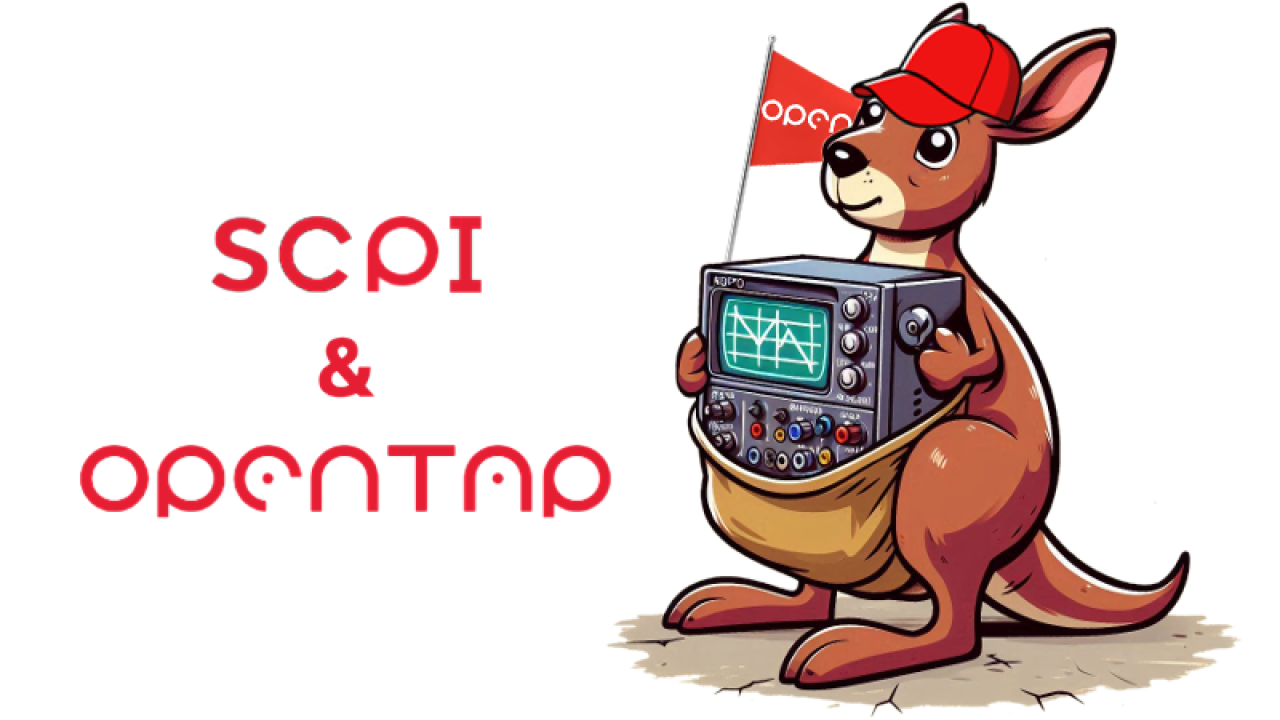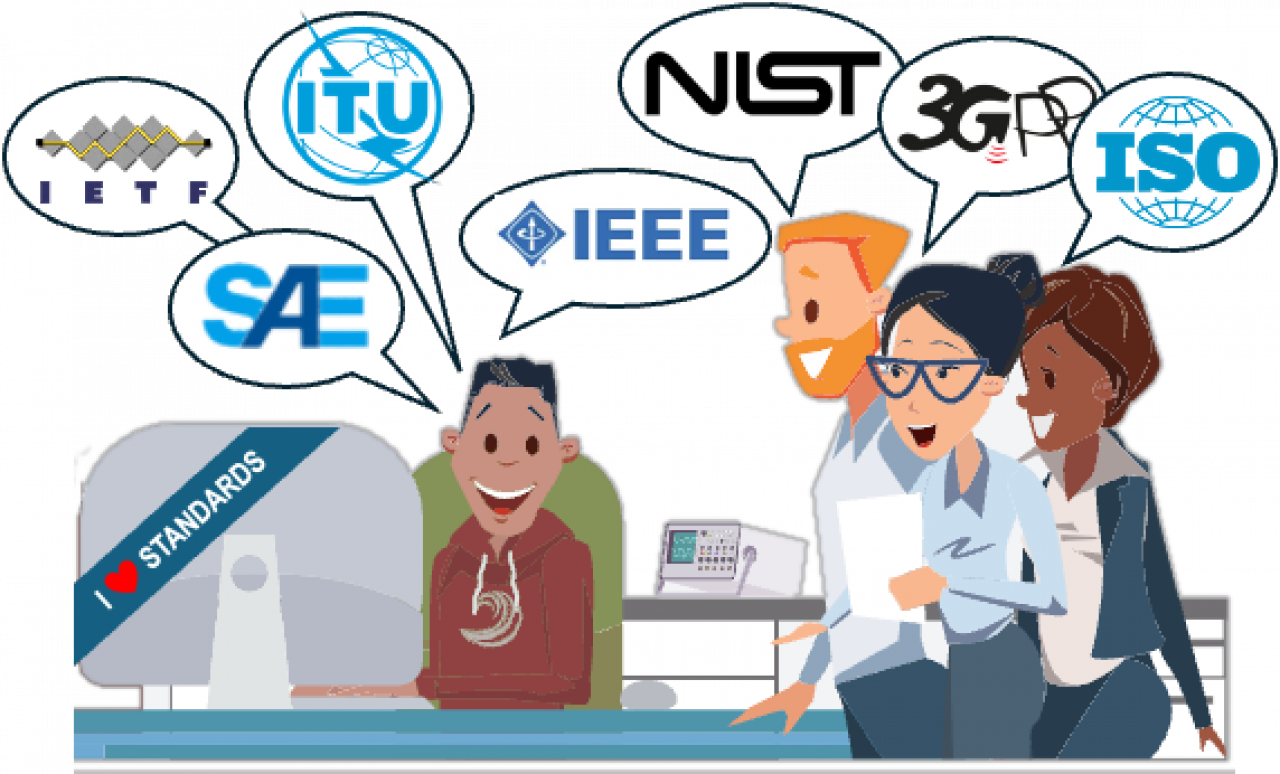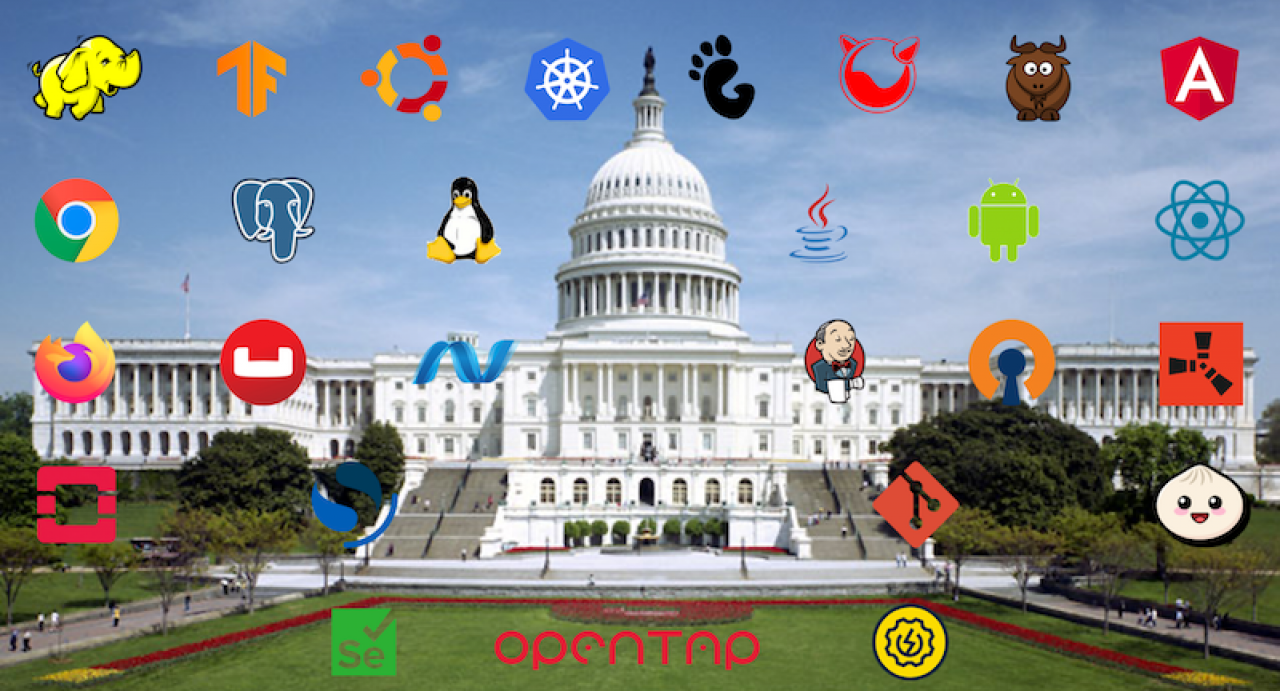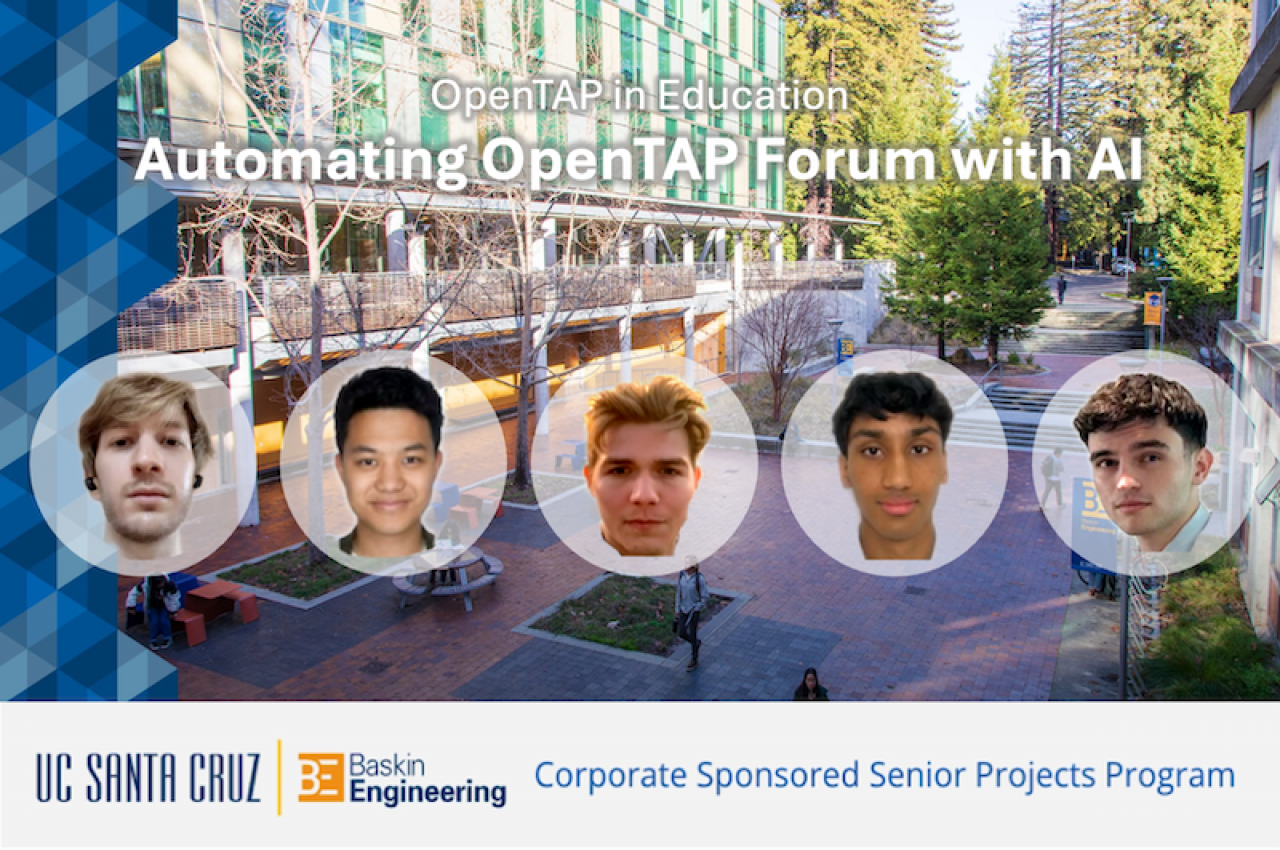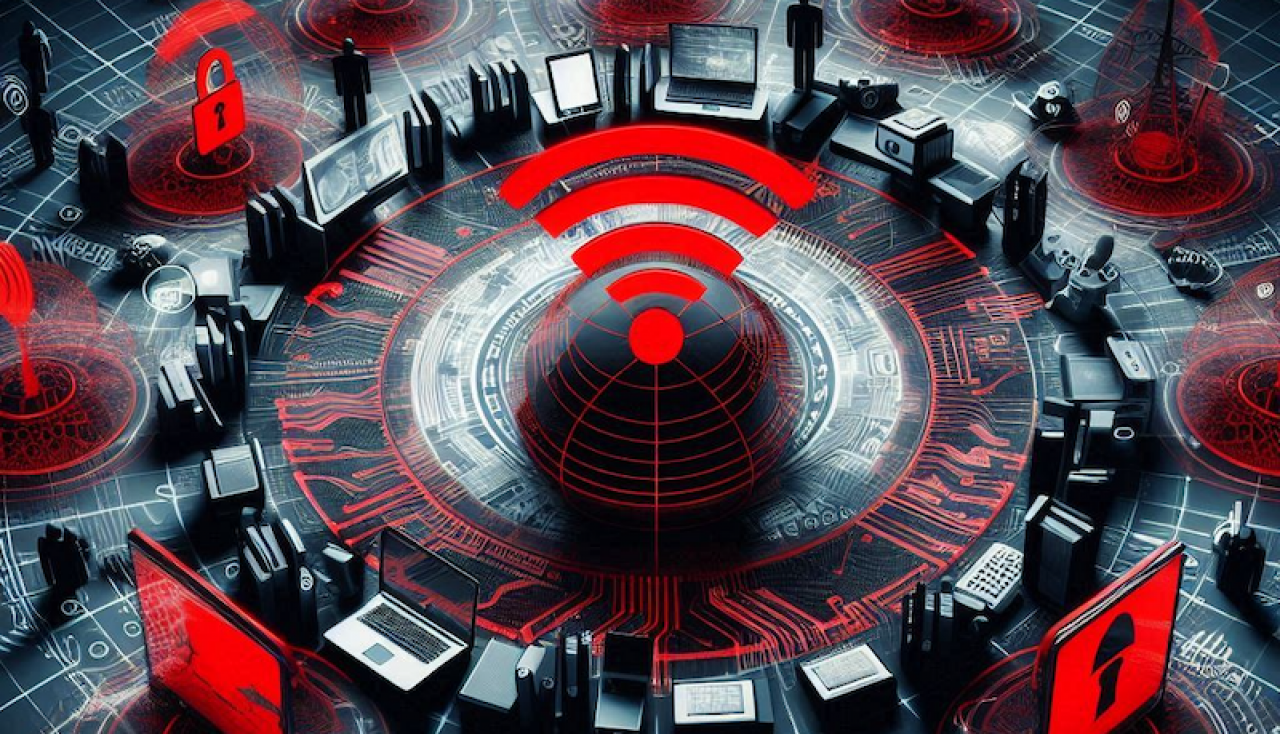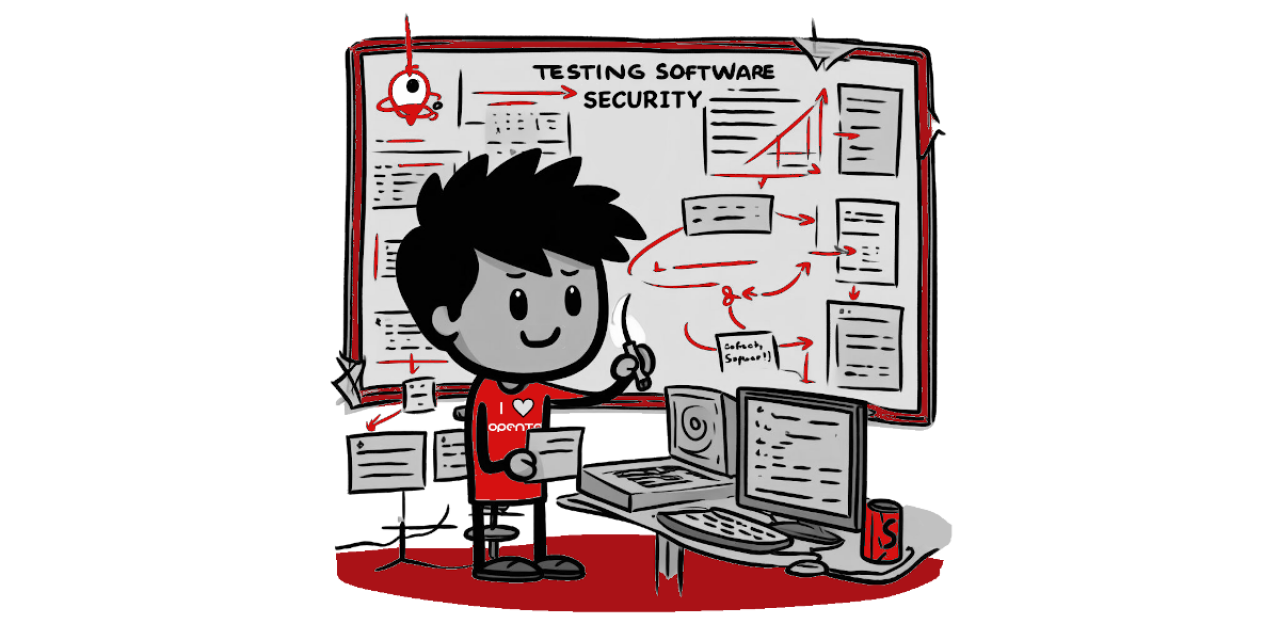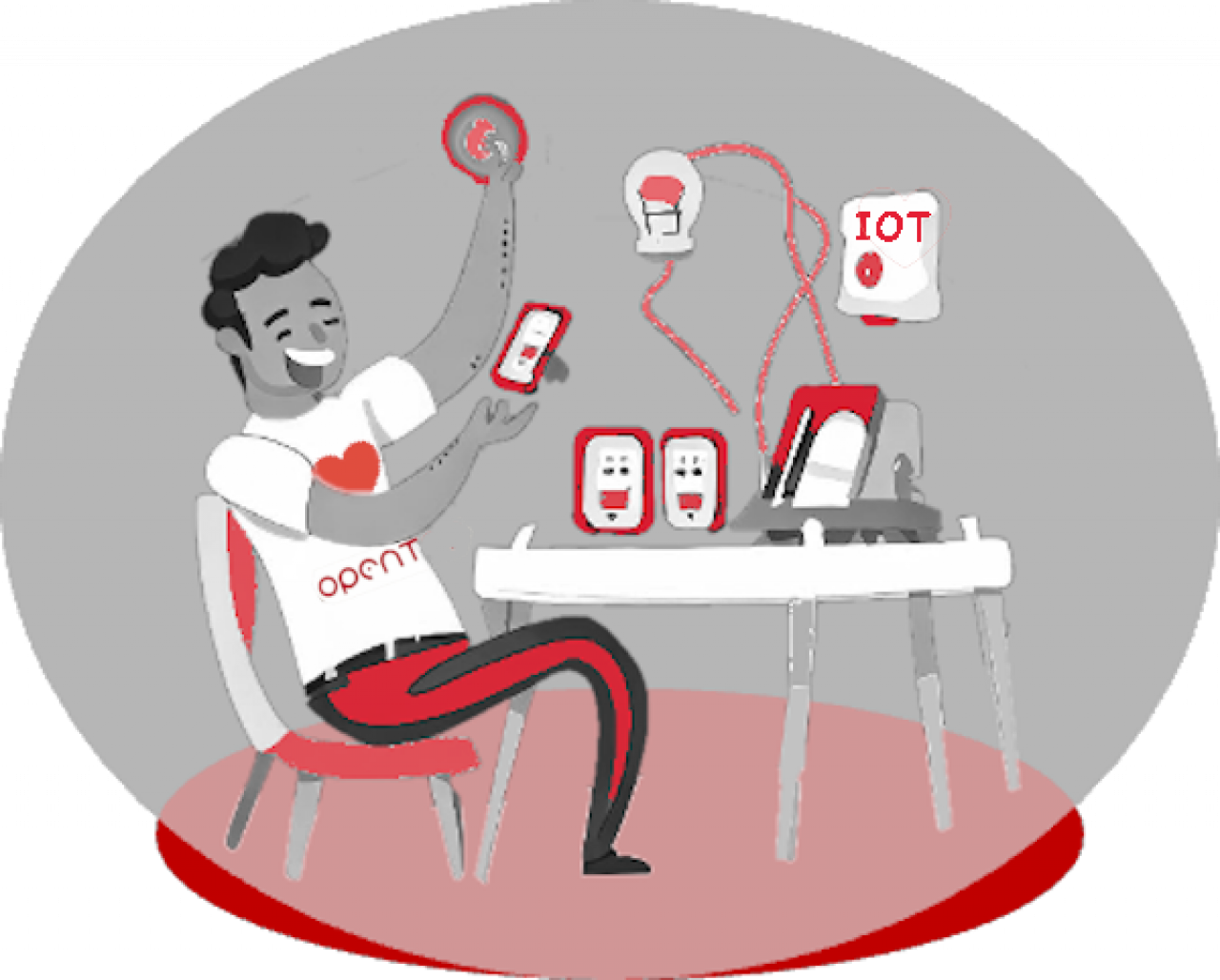
A “change angel” is an individual who acts as a catalyst for change within an organization. Change angels help facilitate and manage the process of change by influencing and inspiring others, through advocacy, facilitation, problem solving, leadership and influencing. Learn how you can become a change angels with OpenTAP and see the benefits it brings to your company and your career.

